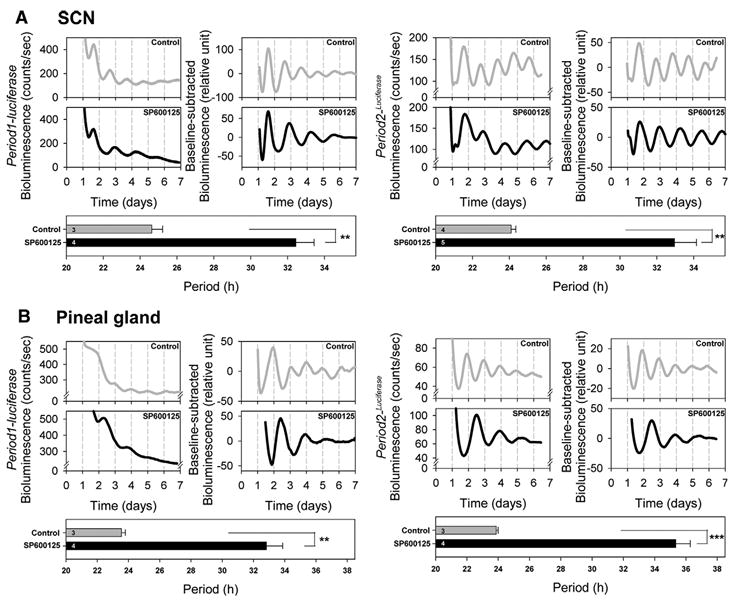Fig. 5. The effects of SP600125 treatment on the period of Period1- and Period2-driven bioluminescence rhythms in SCN and pineal gland of transgenic/knockin mice.

SCN slices from Period1-luciferase transgenic mice (left panels) and Period2Luciferase knockin mice (right panels) showed a significant period lengthening in the presence of SP600125 (A). A similar effect of SP600125 was found in the pineal gland (B). Bioluminescence values for each corresponding daily time are plotted on the chart with time 0 as midnight (00:00 h) on the starting day of the cultures. For each tissue, the left panel represents the raw bioluminescence record and the right panel the baseline-corrected bioluminescence data. The lower panel shows the estimated period length. Each graph is representative of three to four independent experiments. Values are means±S.E.M. ** P<0.005; *** P<0.0005.
